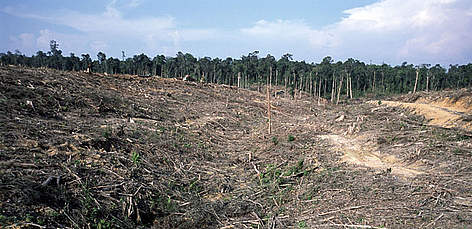Special Considerations When Clearing Land for Agriculture
The cost of woodland is generally cheaper than open, flat terrain. The lower price reflects the understanding that a lot of time, energy and resources must be invested into the wooded area in order to transform it into a space suitable for farming, ranching or building.

But before you take your trusty backhoe onto your new property and try to flatten each area bit by bit, take a moment to consider the following:
Double Check the Zoning Restrictions and Permit Requirements
Take a trip down to your local USDA Farm Services office and become good friends with the folks who work there. You’ll be getting to know each other over the next few years (yes, this is a process that can take some time). It’s their job to help people like you thrive as a farmer, all while helping you navigate the reams of red tape surrounding zoning restrictions and various land and building permits. It would be a huge disappointment to do all kinds of work, only to be fined for operating without a permit or for violating zoning restrictions.
You’ll most likely have to fill out some paperwork and wait for a green light before you start realizing your plans. This doesn’t mean you should simply sit on your hands in the meantime. Instead, plan, plan and plan some more!
Get Topography Maps
To make your plans, you’ll need topography maps of your property and the surrounding area. Your new-found friends at the USDA offices should be able to provide such maps. With the topographical map as a guide, you can create a comprehensive farm map.
Choose the highest points for your buildings, as this is the most effective way of protecting your home, barn and farm equipment from potential flooding. Divide the land into logical chunks for rotational farming or other uses.
Topographical maps will also give insight into where rainwater drains throughout your property, as well as the location of any existing waterways. You’ll need to be careful not to disturb the flow of rainwater as you clear the land, or you could inadvertently create a low-lying area prone to flooding. Likewise, you’ll want to avoid contaminating existing waterways.
Budget Wisely
Clearing an entire property at once can be expensive. Budget wisely by prioritizing certain sections of the land. Presumably if you are going to build a house, the house site will be your first priority. There may also be a section of land that is already more or less clear and flat. This would be a logical place to begin preparing the land for grazing or crops.
In fact, if your budget is quite small, you can use heavy machinery to roughly clear away trees and underbrush, and then add a rotation of grazing animals to help clear out the rest of the vegetation. A group of sheep, goats or pigs will be less expensive than renting specialized equipment and paying for fuel costs, and if given enough time, they can do a mighty fine job of preparing a field for future planting.
Also be sure to note whether any trees on your property have a good resale value. Cedar in particular is a sought-after wood for fencing and construction due to its natural resistance to termites and rot. Other straight, knot-free woods may be worth selling or repurposing as well.
Analyze Soil Quality
Land clearing represents the perfect time to add some comprehensive nutrients into the soil. Different areas of your property may need different soil amendments, especially if you plan to grow several different crops. Send in soil samples from high areas, low areas, wooded areas and generally clear areas. You may be surprised that each has vastly different needs, thanks to soil erosion or the type of vegetation that has been growing there.
Get the Right Equipment
Rome wasn’t built in a day … and your new property won’t be transformed into a sprawling farm in a day either. There is a lot of preparation and planning to consider before you haul out your bulldozer. But even then, your existing machines and equipment may not be the most practical tools for the job. You’ll want to either buy or rent specialized machinery, or hire a land clearing team to bring their own fleet and help you do the heavy work in record time.
Join our newsletter
Subscribe to our weekly newsletter chalked full of useful tips, techniques, and design goodies.

